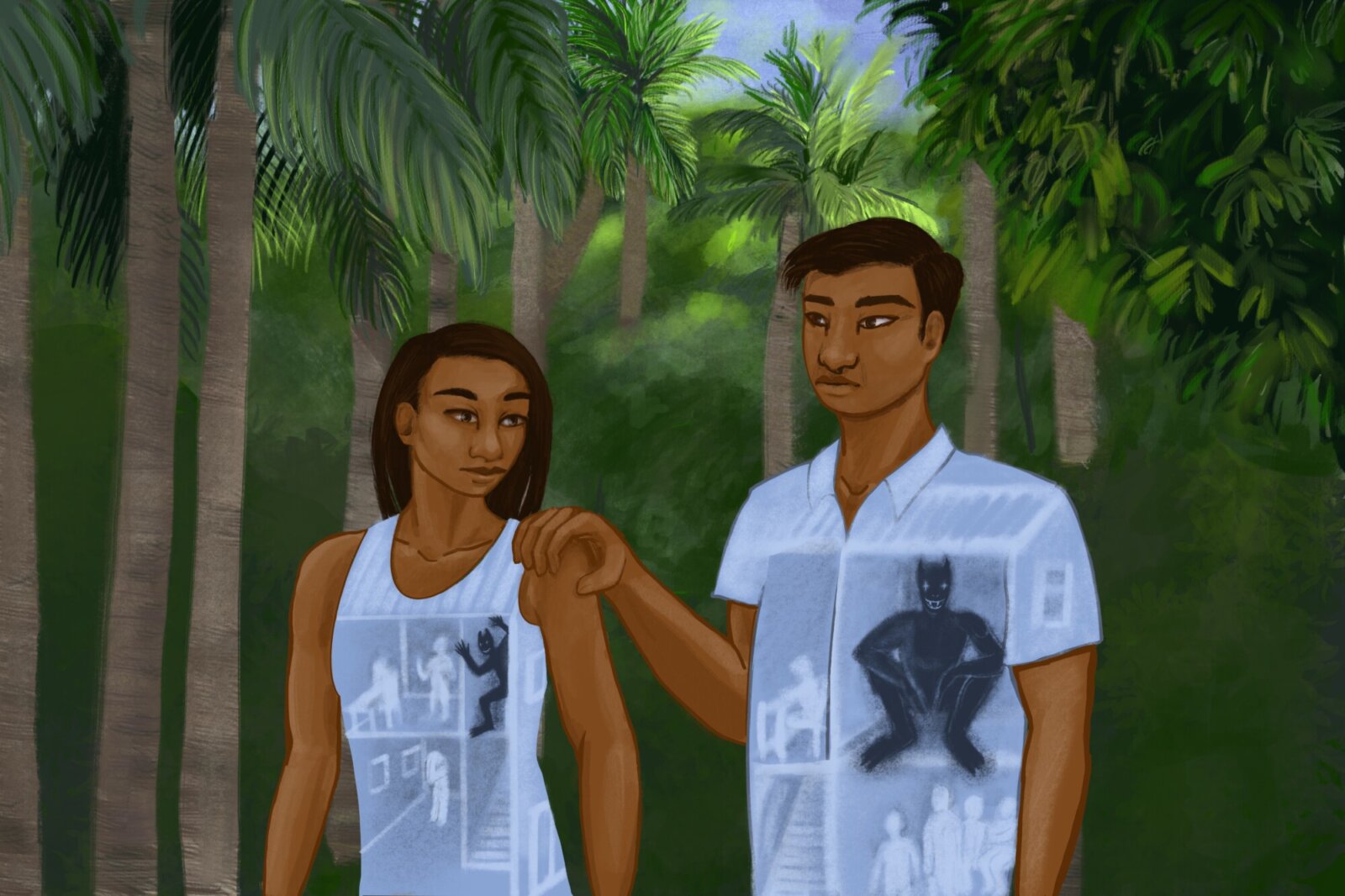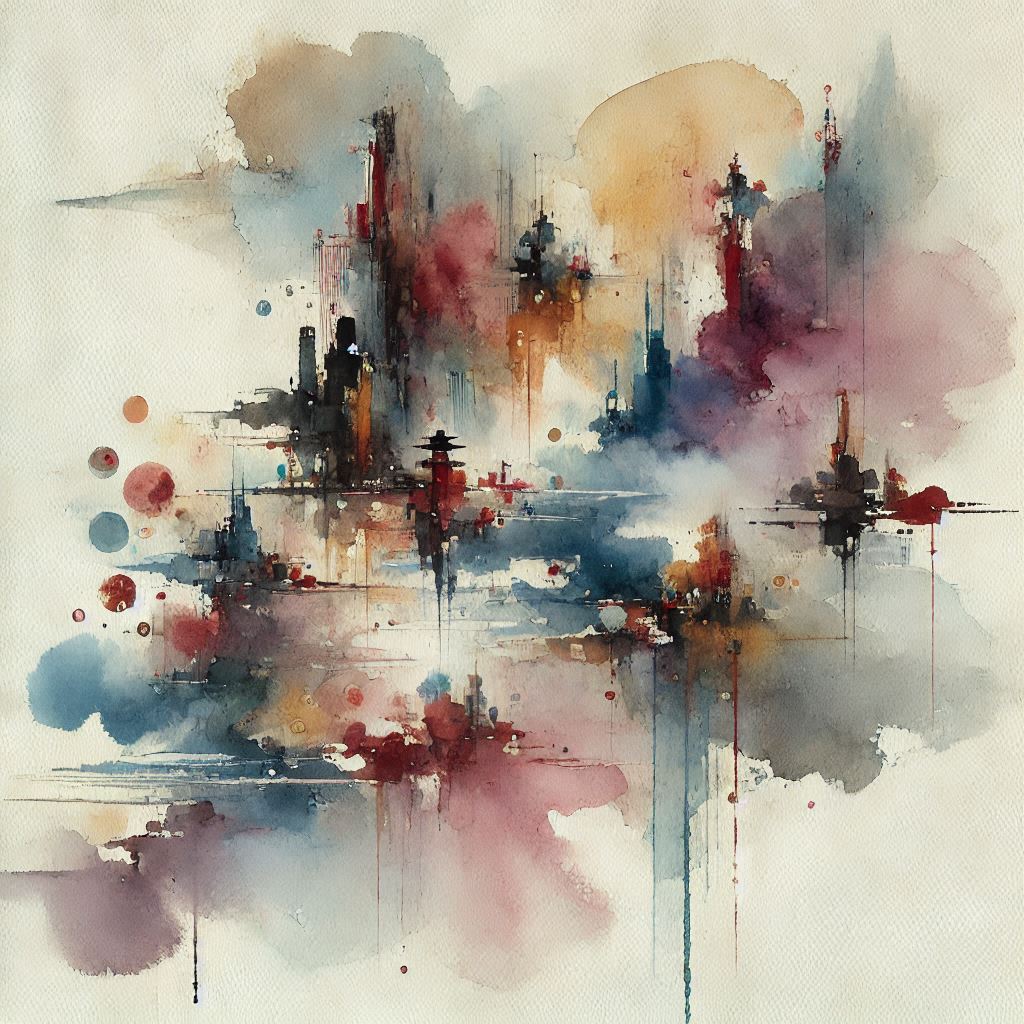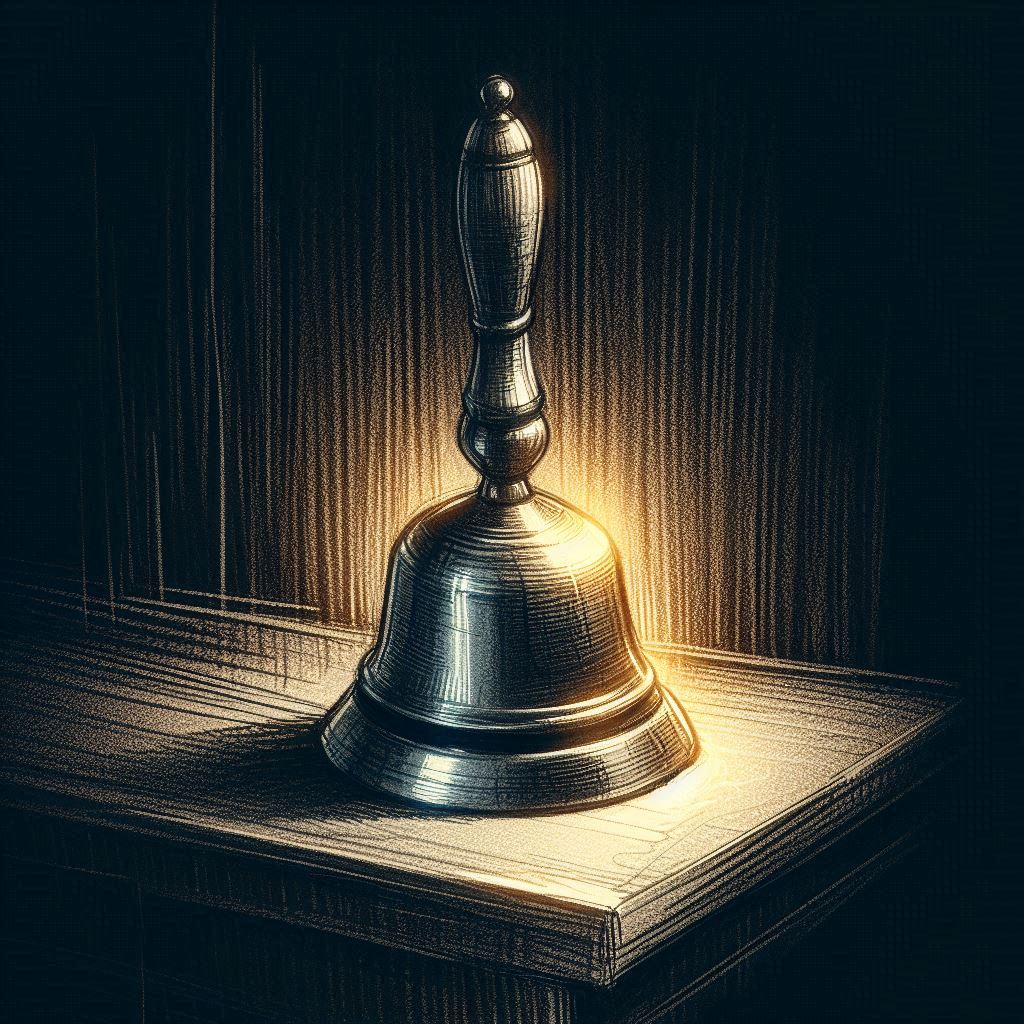
The Bugbear
In my research of the term, “BugBear,” I found that it is the equivalent of a Boogeyman; a creature, an elf, or a monster that is meant to scare naughty children. As a fan of horror movies and stories, I have come to understand that horror is usually written from the subconscious depth of the things we truly fear in real life. I was inspired to write this from where my Boogeyman comes: my culture. Filipino culture. It is for this reason that my version of the BugBear or Boogeyman is instead referred to as an Aswang.
In Filipino culture, we are raised to not just believe, but recognize the things or creatures in this world that seem to only exist in myth and legend. First, there is the Dwende, a mischievous elf or imp that steals your things if you do not heed it with the right respect when passing its home, which manifests to the human eye as a mound of dirt. Next, there is the Multo or spirit(s) which exist inside one’s physical body as well as the earth to guide their descendent after the body has passed or instill harm among the living if disrespected. The one I will be telling the story of is the Aswang.
It is said, Kapag may sinasabi nya na may aswang, ang gusto talaga sabihin nila ay – matakot ka. “Whenever they say there is an Aswang, they are saying be afraid.”
Why?
The Aswang is a shapeshifting creature that is synonymous with a ghoul or witch or vampire and lives among us. Unlike traditional vampires, it can live in the light of day as well as marry and cohabitate with humans. At an early age, I learned that Aswangs could shapeshift into dogs or bats, transform the look of objects, and move silently and swiftly to feast, especially on disobedient and naughty children.
When I was a child, this was the threat my father scared me with to stay in line. I did not always stay in line, though.
One thing I also knew about the Aswang, is that it was able to experience the range of emotions all humans felt. When my father was angry, I realized that his Aswang, in spite of its search for blood, was experiencing a range of emotions that I had only come to acknowledge I, myself, had as an adult.
Another broken plate decorated the floor with another explosion of porcelain shards on the linoleum checkered black-and-white kitchen floor. I was no longer a child. I had just come home from college and this time, my little brother was the victim of our father’s manifestation of anger. My brother had just announced to my parents that he had dropped out of college. I had come to the aftermath of my father’s rage at my brother.
“Daddy?”
It felt like years before when I had been in this similar situation. I was a 15-year-old girl and my grades were slipping, again. Our father came into my room in the middle of the night and found my report card. I was trying so hard to avoid showing him. I felt the weight of a rain of boots instead of a pillowcase of soap. “It’s that boy again isn’t it?! Or drugs?!”
My heartbeat picked up while my breaths shortened.
“What do you mean?!” I asked.
“Your grades! Your grades Anne-Marie! You idiot! You puta – whore! Is this what you think I gave up my life for? For you to fail in life and what? Just get pregnant and throw everything away?!”
Without letting a word in, he grabbed me by my hair and threw me on the ground to get me in a position to kick me.
“Tigilan mo na – Stop it!”
It was my mother begging for my father to stop. The next morning I came to school crying to the counselor about the physical abuse I had experienced from my Aswang. Only a few weeks later, my father was carrying in trays of food he and my mom had paid for to host the party for my sweet sixteen. During that party, there he was.My Daddy who had invited his friends to give me hundreds of dollars in gift money and laugh with me to recall the memories of my silliness as a kid with our family and friends. The Aswang was nowhere to be found from weeks before.
When it was my brother’s turn, I walked into the room where my father held his face in his hands. My brother sat, tears in his eyes, on the floor of the kitchen.
“How could he do this to me?” my father asked. “To us? After all we sacrificed…”
It was never about you, Daddy.
Where was this shapeshifter that ate the hearts and livers of children? Before me sat a weak, frail, old Filipino man slumped over the edge of his bed as if carrying the weight of the world on his shoulders. It did not take garlic or salt or holy water or a crucifix to fight my Aswang. I did not need to say a word. I saw a man who was ashamed of himself, not my brother.
When our father had confronted me about my grades, after the Aswang had come out for my blood and left boog-boogs (bruises) on my right arm and left knee, he told me, “You know, my dad used to scream at me when I was younger and leave welts after drawing blood.”
This was my father’s way of trying to explain himself, maybe even apologize. This was also his way of saying that he was trying…trying to be better than the upbringing that he was raised with before.
It was not until years after the scene with my brother that my father was diagnosed with Attention Deficit Disorder (ADD) and Borderline Personality Disorder (BPD). It did not help that my father grew up with a history of violence in his family, as well as culture that told him to suppress his demons. It explained a lot. To this day, I still take therapy to deal with the Aswang from my childhood as well as the Aswang inside of me now.
The word I learned that allowed me to live with my monster was radical acceptance. My Daddy did his best and still tries. I accept that there are things he may never change. I accept that there are things that I can change, especially in myself.
There is an Aswang in all of us. In you. In me. Like energy, it cannot be created or destroyed. It just exists. Though we live with it, we chose the size of the room it lives in in our lives.
Suggested Reading
-
about Lollipop, Lollipop![Lollipop]()
Featured • Fiction • Nonfiction
Lollipop, Lollipop
The figure moved slowly, deliberately, its shrouded head turning towards Josh. Those eyes—sharp and frigid as icepicks—stared at him. The man’s black lips never moved, even as a word pierced him like a yell: “Beware.”
Featured • Fiction • Nonfiction
-
Nonfiction
-
Flash • Nonfiction



